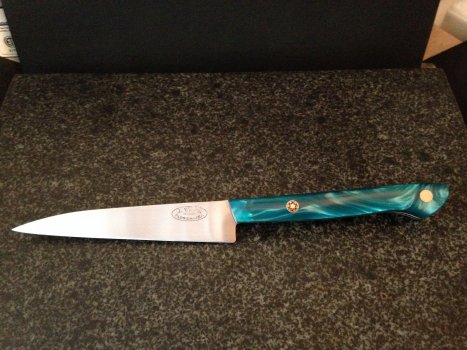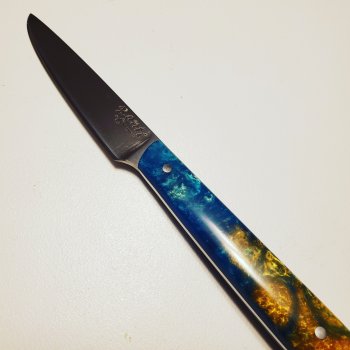Chris Railey
Well-Known Member
I have been asked to create a Paring knife as part of a set. I have two questions for my kitchen knife making brethren. What thickness stock do yo use for the paring knife? Also, do you have a template you would be willing to share for the paring knife?
I have some 15N20 in the .064 range which I was considering but that may be too thin?
I have some 15N20 in the .064 range which I was considering but that may be too thin?



